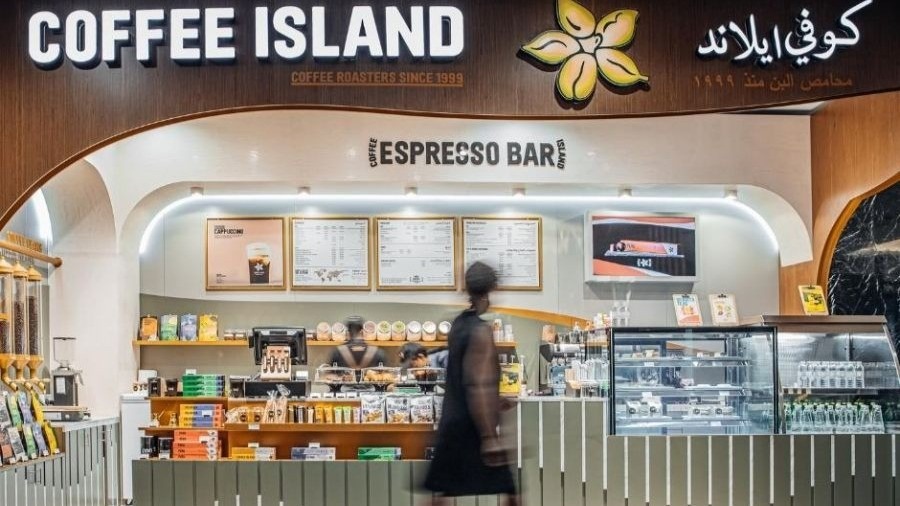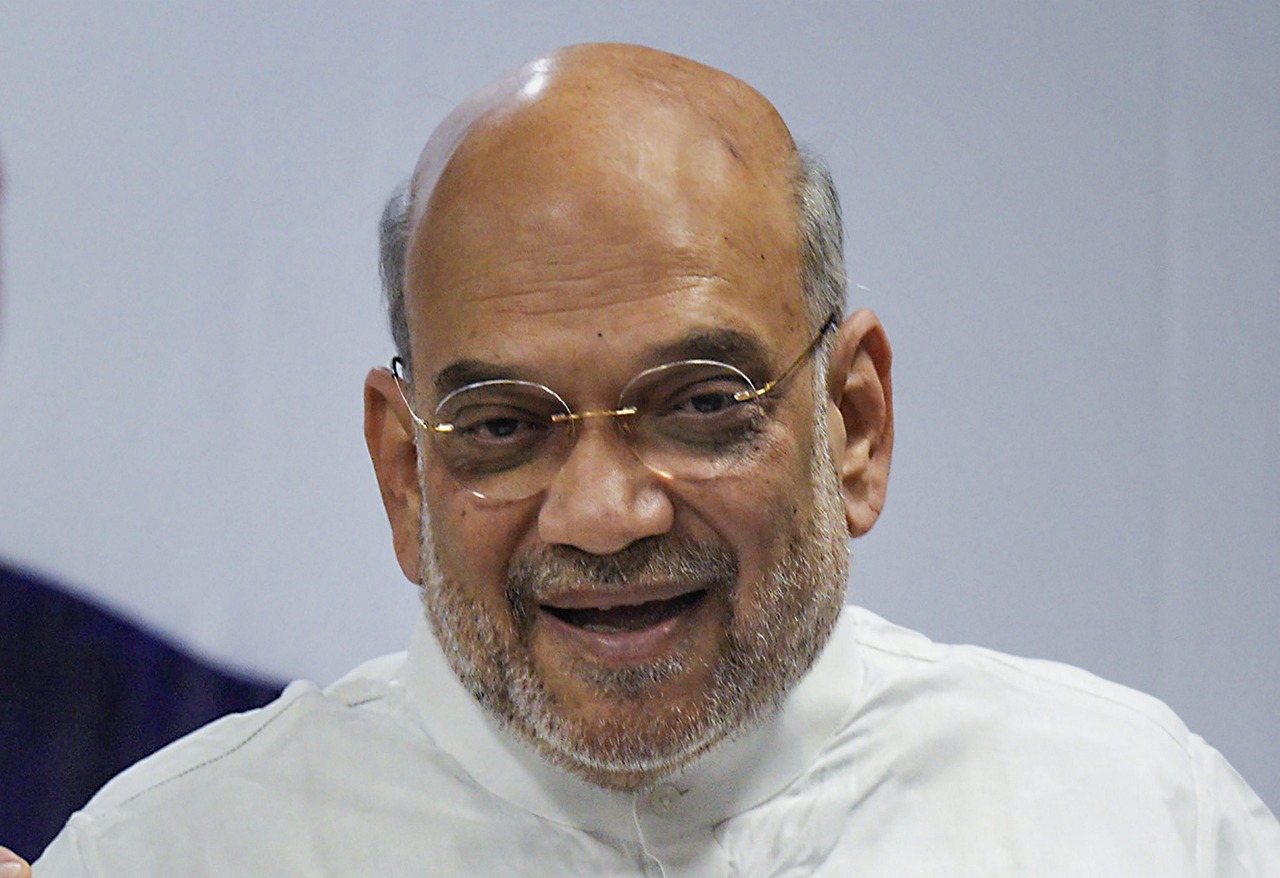
Follow WOWNEWS 24x7 on:
Updated: June 21, 2025 00:20

As incomes rise and aspirations soar, India’s urban middle class is facing a new financial threat—lifestyle inflation. A growing body of evidence suggests that the tendency to spend more as one earns more is quietly fuelling a debt crisis, eroding savings, and jeopardizing long-term financial stability.
Key Highlights from Recent Findings
- 62 percent of salaried professionals in urban India report feeling financially stretched despite earning more than they did five years ago
- Personal loan growth among middle-income earners is at a record high, with delinquencies in Buy Now Pay Later (BNPL) and credit card segments steadily rising
- Financial experts warn that lifestyle upgrades—such as bigger homes, luxury cars, and frequent travel—are outpacing income growth, leading to unsustainable EMIs and shrinking buffers
- Social media-driven aspiration and easy access to credit are accelerating this trend, especially among younger professionals
Understanding Lifestyle Inflation
Lifestyle inflation refers to the pattern of increasing discretionary spending in tandem with income growth. While a salary hike should ideally boost savings and investments, many individuals instead opt for lifestyle upgrades—new gadgets, premium subscriptions, upscale dining, and more expensive housing.
This behavior, when unchecked, leads to a situation where monthly expenses rise faster than income, leaving little room for savings or emergency funds. Over time, this erodes financial flexibility and increases dependence on short-term credit.
The Debt Trap in Numbers
- According to a recent survey by Saral Credit, 67 percent of Indian families have taken personal loans, with 53 percent of borrowers under the age of 30
- Credit card debt in India surged to Rs 2.92 lakh crore in 2024, more than doubling from 2020 levels
- Defaults on personal loans under Rs 10,000 rose by 44 percent between December 2023 and mid-2024
- Household debt now stands at 23.9 percent of GDP, with a significant portion used for essential consumption rather than asset creation
Psychological and Social Drivers
- The fear of missing out (FOMO), amplified by curated social media lifestyles, is pushing individuals to spend beyond their means
- Peer pressure and aspirational benchmarks—such as foreign vacations, luxury weddings, and designer brands—are reshaping spending behavior
- Many professionals now identify as the “new middle class,” earning well but living paycheck to paycheck due to inflated fixed costs
What Gets Crowded Out
Perhaps the most damaging effect of lifestyle inflation is its impact on long-term financial goals. As EMIs and discretionary spending rise, investments in retirement, education, and health insurance often take a backseat.
- Financial planners note that early-career professionals are missing out on compounding benefits by delaying investments
- Emergency funds are being depleted to cover routine expenses, increasing vulnerability to economic shocks
- The 50-30-20 budgeting rule—allocating 50 percent to needs, 30 to wants, and 20 to savings—is rarely followed in practice
Policy and Institutional Response
- The Reserve Bank of India raised risk weights on unsecured personal loans in late 2023, signaling concern over rising household debt
- Budget 2025 raised the zero-tax threshold to Rs 12 lakh, but the benefit is limited for those relying on deductions for housing and insurance
- Financial literacy campaigns remain limited in reach, especially in Tier 2 and Tier 3 cities where credit penetration is rising fastest
Future Outlook
India’s middle class, once known for its thrift and financial prudence, is now navigating a complex landscape of rising aspirations, easy credit, and economic uncertainty. Without a course correction—through better financial planning, regulatory safeguards, and cultural shifts—the current trajectory could lead to a widespread debt crisis.
Sources: India Today, Business Today, Scroll.in, BusinessWorld, MSN, Reserve Bank of India, Saral Credit, Reuters/Ipsos.




